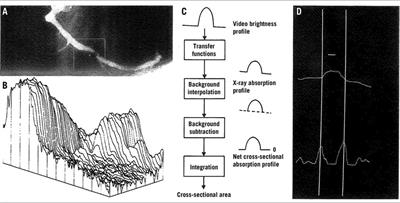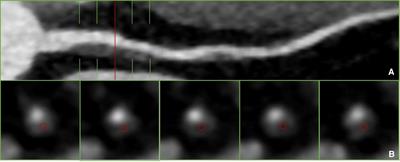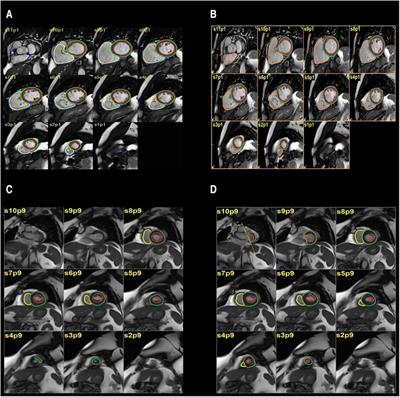REVIEW
Published on 25 Nov 2024
Coronary angiography: a review of the state of the art and the evolution of angiography in cardio therapeutics

doi 10.3389/fcvm.2024.1468888
- 1,776 views
1,635
Total downloads
6,240
Total views and downloads
REVIEW
Published on 25 Nov 2024

REVIEW
Published on 25 Jun 2024

MINI REVIEW
Published on 19 Apr 2024
ORIGINAL RESEARCH
Published on 05 Feb 2024
